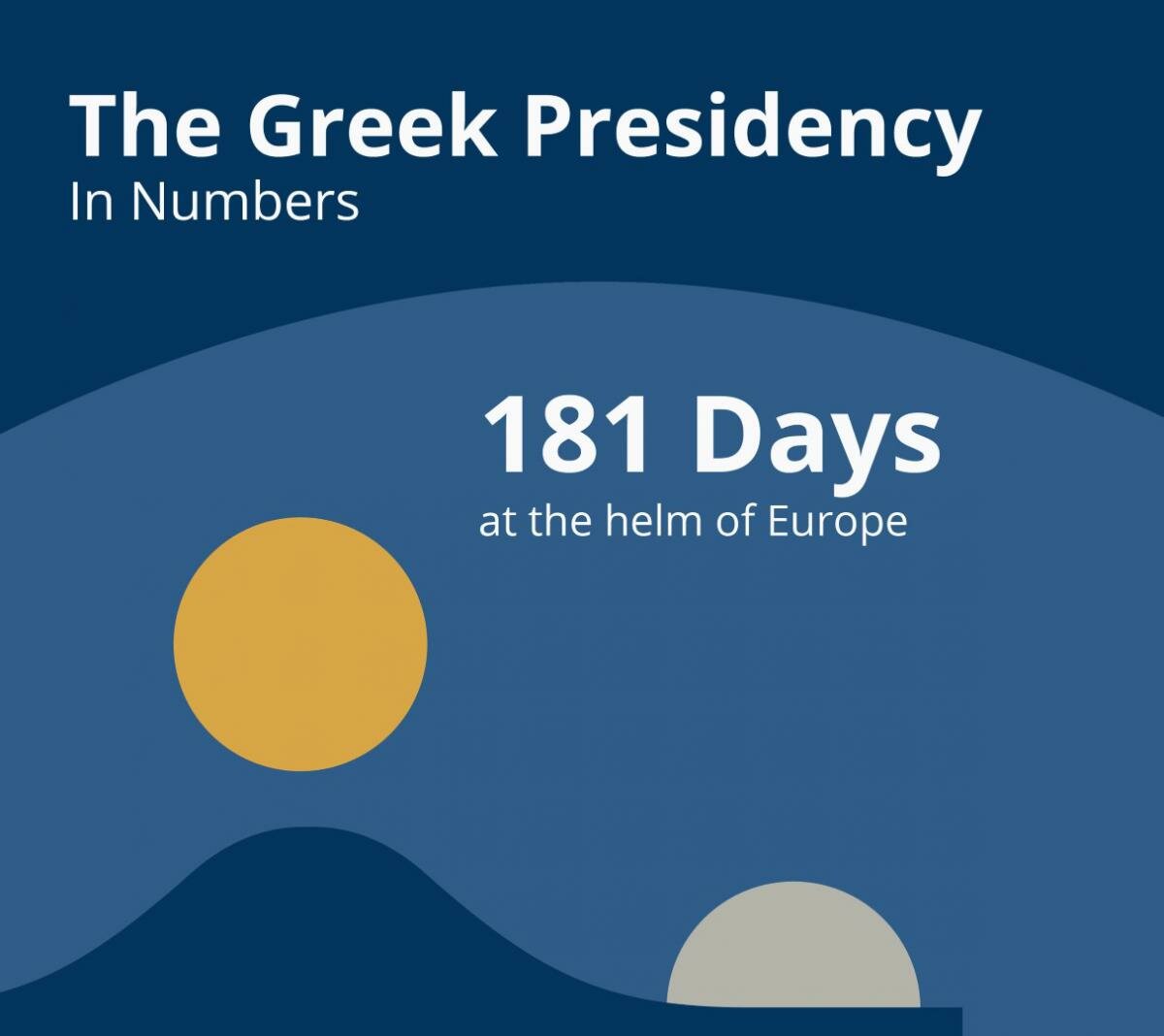Decision Making in the EU
| Decision making in the EU |  |
Established in the aftermath of World War II, the European Union’s aim was to ensure and promote peace in Europe. Within this framework, it was concluded that decisions should be taken through agreement and/or consensus. The structure of the major EU institutions and their decision-making processes are a direct reflection of this need. They involve citizens when formulating policy and legislation, and their debates and decisions are transparent and accessible.
The so-called “institutional triangle” – namely the European Commission, the European Parliament and the Council of the EU – is responsible for this joint decision-making that is called “the ordinary legislative procedure”. The European Commission proposes legislation, and in most cases the directly elected European Parliament and the Council of the EU (the Governments of the 28 EU countries) both have to agree it for its adoption.
This standard decision-making procedure, known as 'co decision', is applied to approximately 85% of EU laws – on policy areas such as economic governance, immigration, energy, transport, the environment and consumer protection. Within this formal procedure, and if necessary, informal tripartite meetings between the Parliament and the Council, as well as the Commission, known as 'trilogues', are of paramount importance, with the Commission taking the necessary initiatives with a view to reconciling the positions of the other two delegations.
When the Commission is planning a new policy initiative, there are public consultations as well as consultations with stakeholders and national experts. The Commission prepares an “Impact Assessment” stipulating the potential economic, social and environmental consequences that this policy initiative may entail. National Parliaments are informed and can formally express their reservations if they feel that it would be better to deal with this issue at a national rather than EU level.
When the Commission publishes its legislative proposal, it is sent to the Parliament and the Council for review. The Committee of the Regions and the Economic and Social Committee are obligatorily consulted before the European Parliament and the Council reach a final decision. Once the Parliament and Council have both agreed it, the legislation is adopted.
The Lisbon Treaty has also recently introduced the Citizens’ Initiative, aimed at increasing direct democracy in the EU by enabling groups of EU citizens to put forward their own proposals.
This is how it works in principle. Exceptions do exist, however. It largely depends on EU competences on the various policy areas. In some areas, the EU has no legislative power and can only intervene to support, coordinate or complement the action of Member States.
Video: "How European Laws are adopted"
(produced in 2011), Source: EuroparlTV






